'The cities were paralyzed': Photos show historic blizzard that pounded Northeast 135 years ago
Beginning March 12, 1888, a destructive blizzard known as the "Great White Hurricane" buried the Northeast with up to 50 inches of snow over the course of three unrelenting days.
When the great storm that became a household word and symbol of the worst weather and “limit of nature's possibilities” swept the east coast, horse cars, stagecoaches and trains from Delaware to Montreal came to a halt, according to the Connecticut State Library.
As a result of the storm, fuel and food supplies dwindled, power lines snapped, trains were buried, and more than 400 people died, according to the National Weather Service. In New York City where 200 people alone died, some workers went to their jobs, became stranded and froze to death.
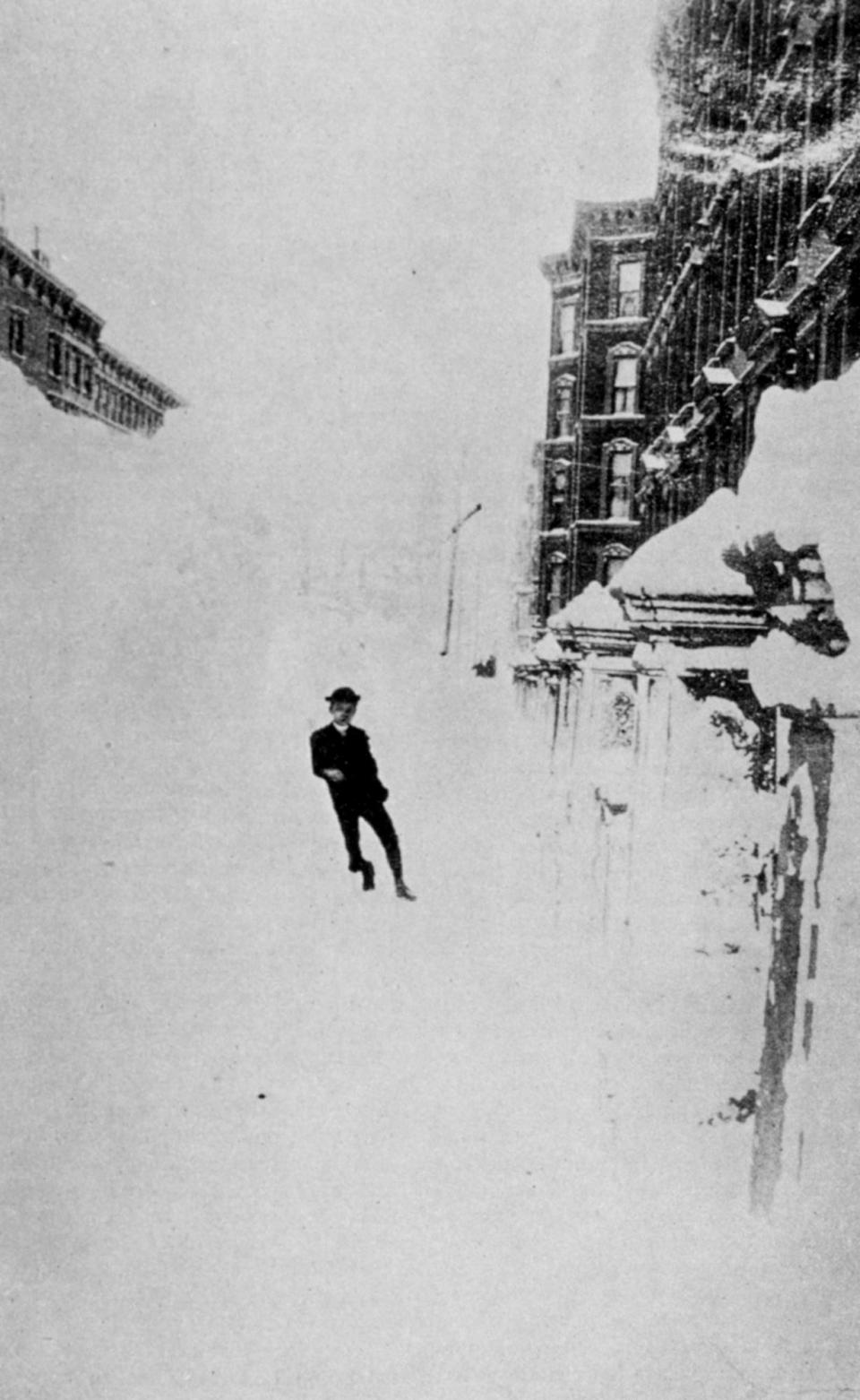
“Monday morning, the severe rain that had been pelting down since the moment of the opening of the church doors suddenly changed to a sleet storm that plated the sidewalks with ice,” a news report said. “The cities were paralyzed.”
People who dared to brave the outdoors were often swept off their feet by winds of at least 50 miles per hour, according to the National Weather Service. News reports described a wind that “howled, whistled, banged, roared, and moaned as it rushed alone.”
Additionally, more than 200 ship vessels were destroyed by winds up and down the eastern seaboard, resulting in the death of 100 seamen.
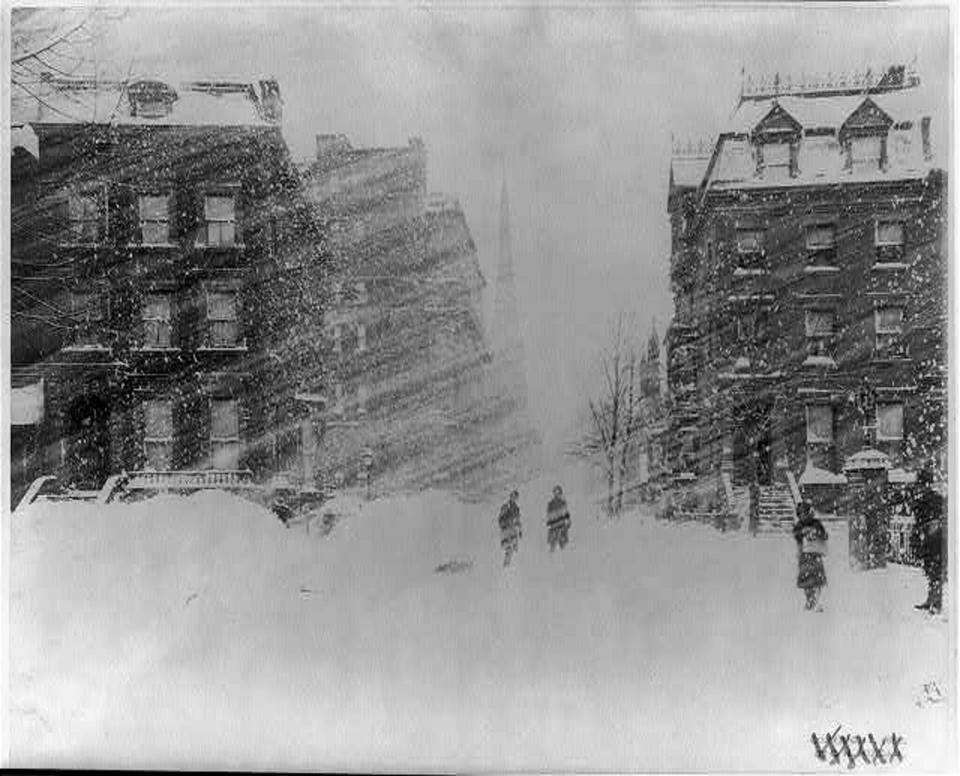
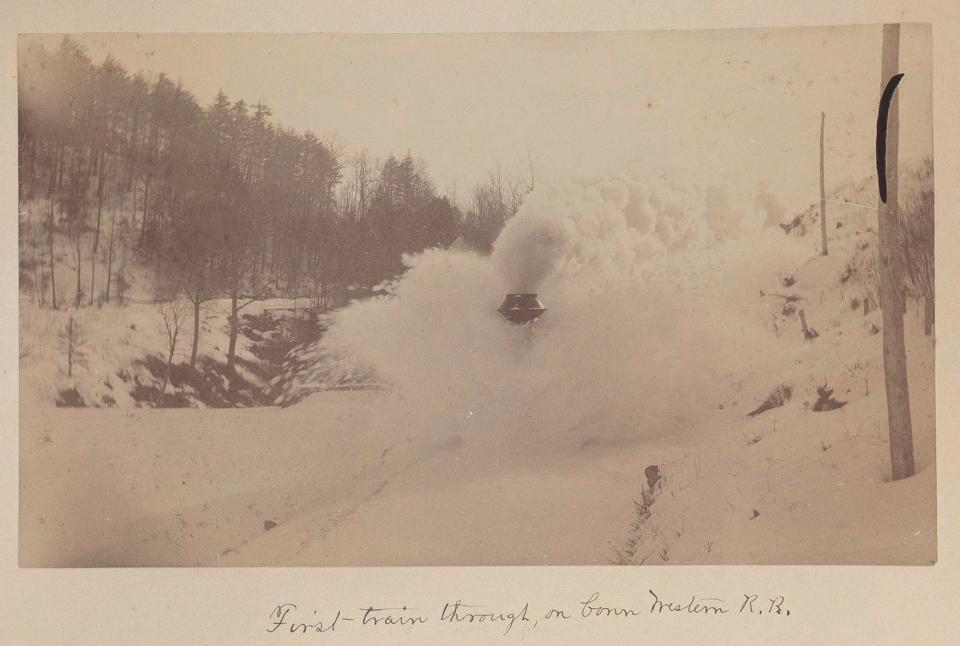
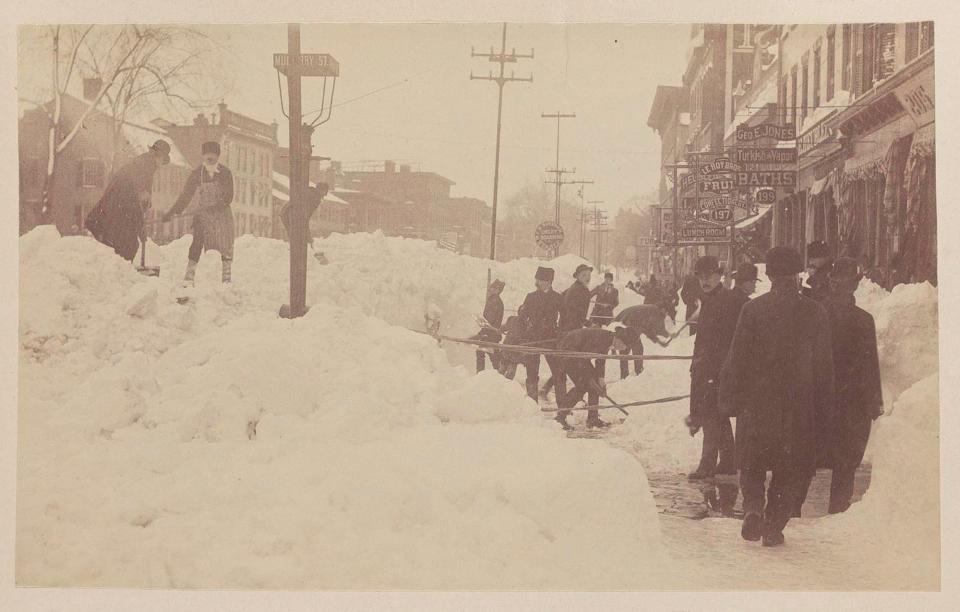
“It came in whirls, it descended in layers, it shot along in great blocks, it rose and fell and corkscrewed and zigzagged and played merry havoc with everything it could swing or batter or bang or carry away,” reporters from the New York Evening Sun wrote in a compilation of memories from the storm's survivors “You could not see New Jersey from New York; you could not see Brooklyn or even Governor's Island. But the storm was plain to see, to hear, to feel, and to fight.”
The failure of the Signal Service to issue a "Cold Wave Warning" for the calamitous blizzard drove the government to improve forecasting and weather preparedness efforts, according to NOAA.
On Oct. 1, 1890, legislation signed by President Benjamin Harrison created the Weather Bureau — which moved the meteorological service from the War Department to be under the Department of Agriculture.
Photographs taken of the resulting cleanup effort by an unprepared region show carved out wind tunnels, horse-drawn plows and ordinary people who took to the streets with shovels.
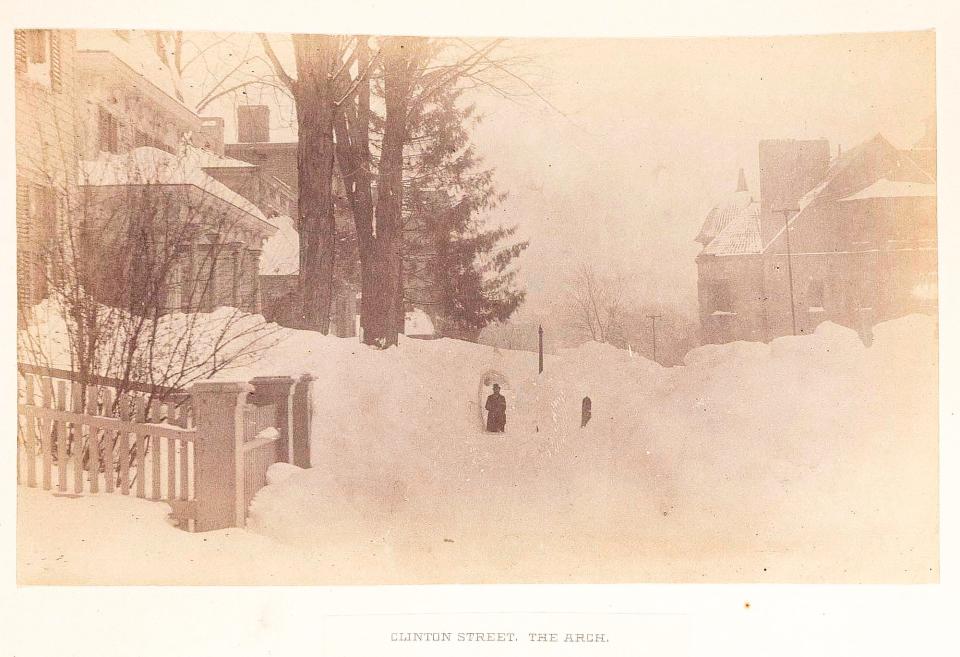
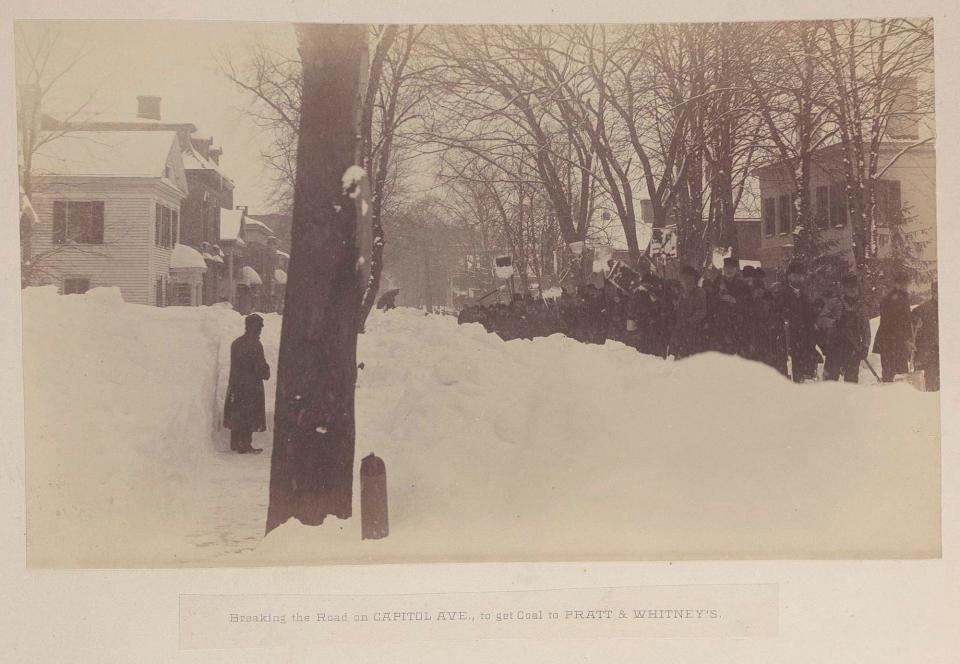
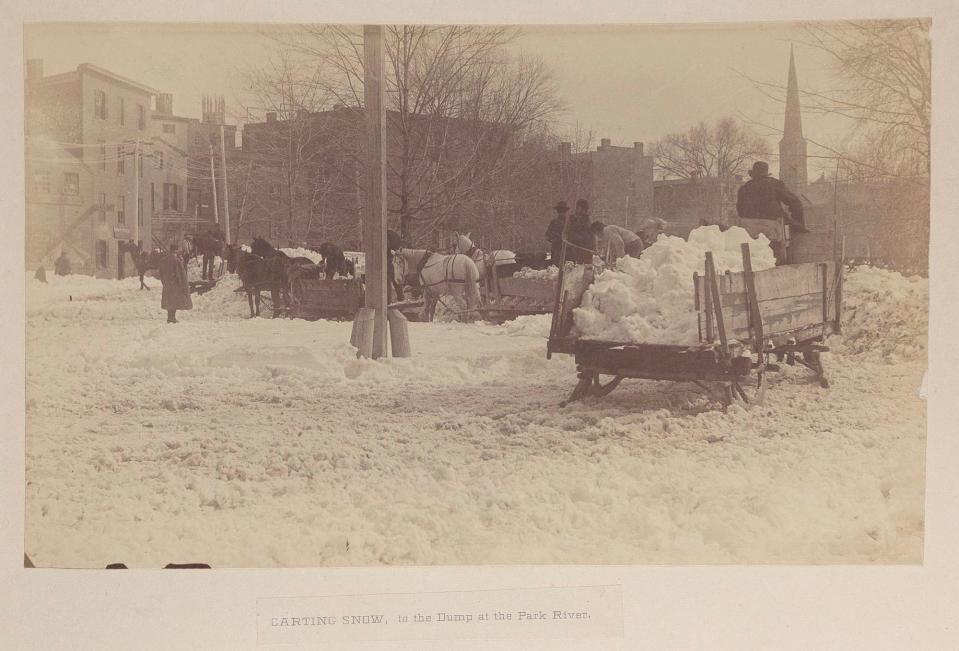
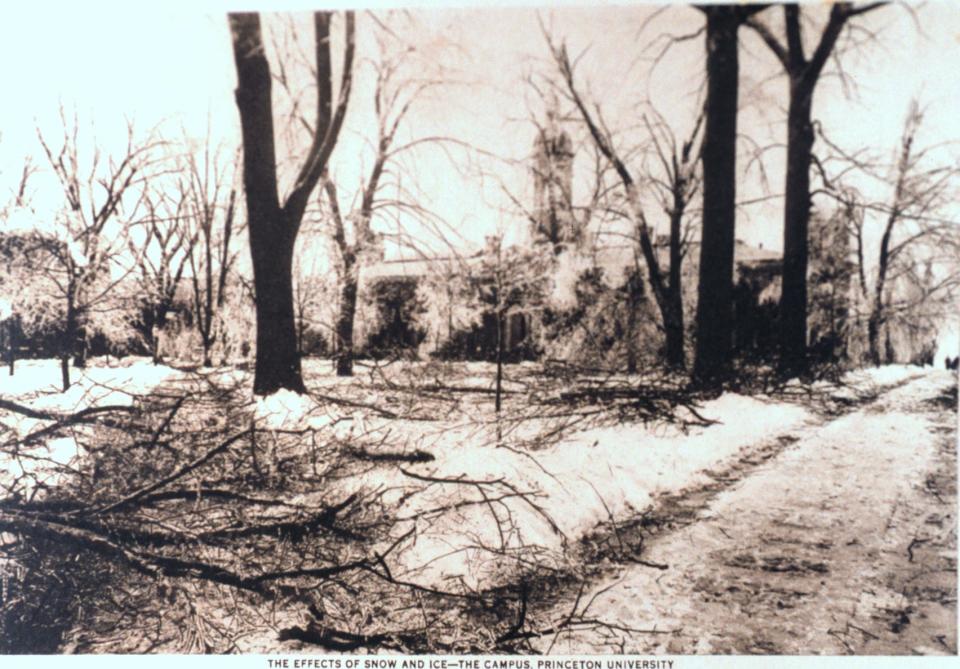
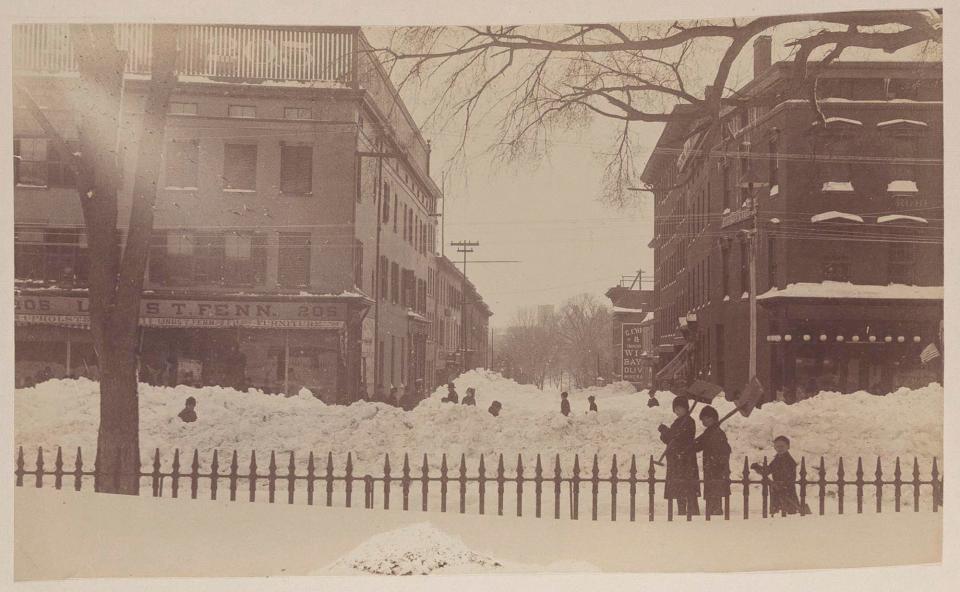
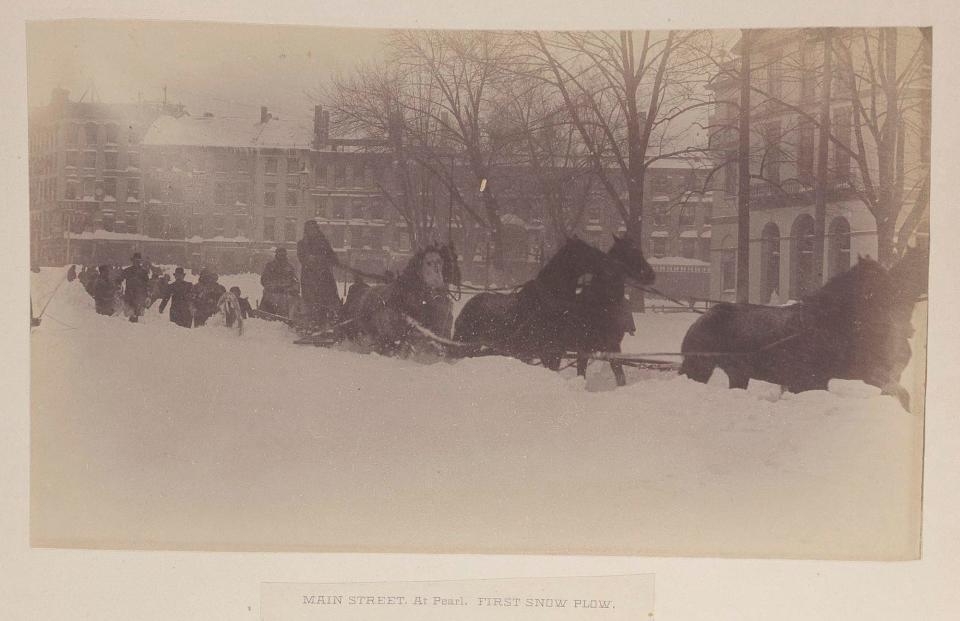
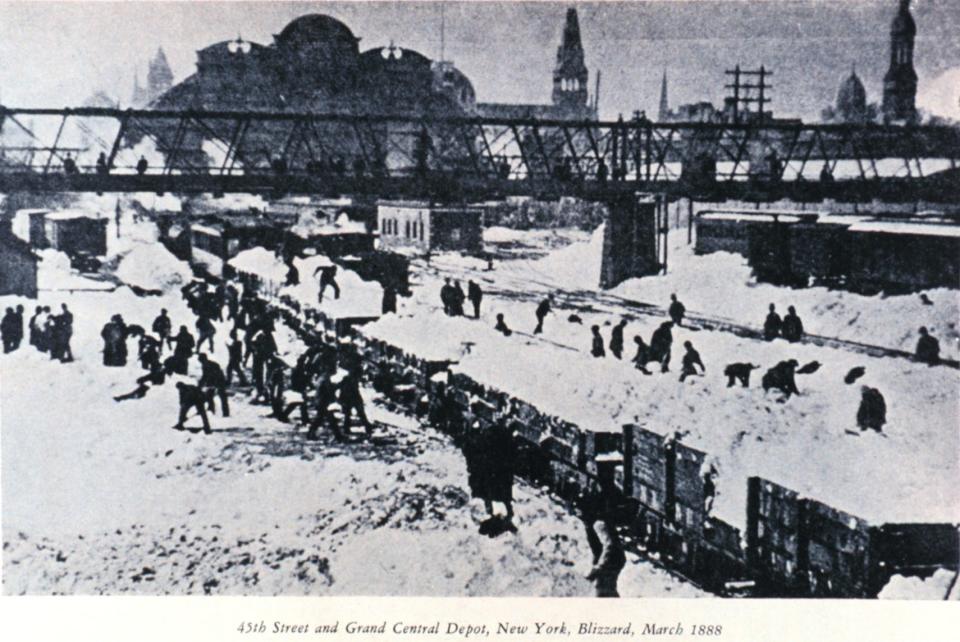
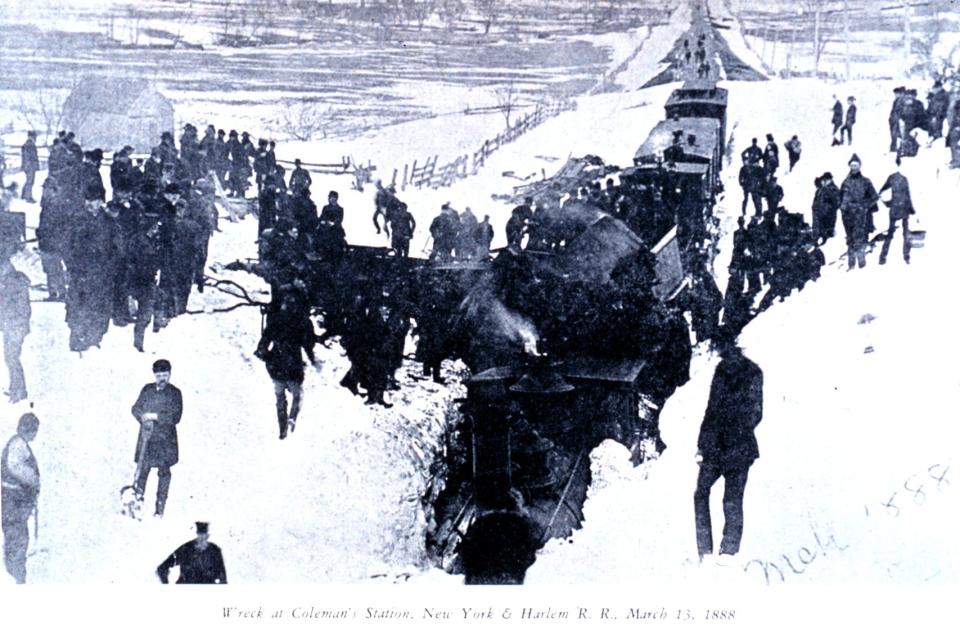
Camille Fine is a trending visual producer on USA TODAY's NOW team.
What's everyone talking about? Sign up for our trending newsletter to get the latest news of the day
This article originally appeared on USA TODAY: Historic photos of 1888 Great Blizzard hitting NYC, Hartford, DC

